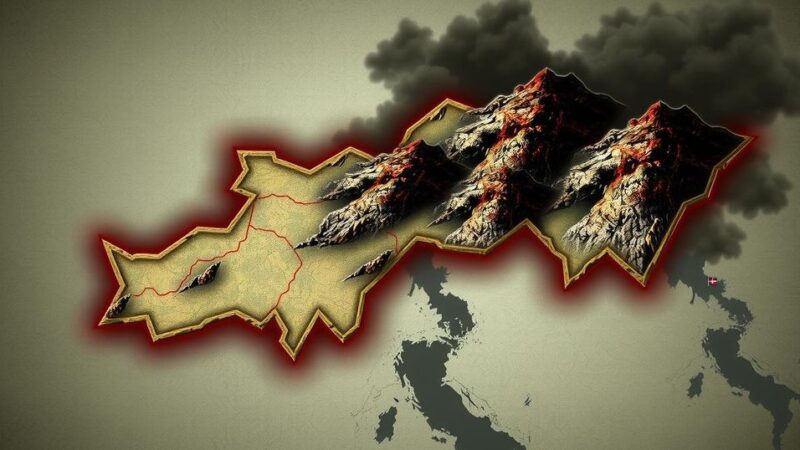A magnitude 6.9 earthquake struck Mindanao, Philippines, causing the deaths of four people and creating panic in a shopping center. The USGS identified the earthquake’s epicenter south of Davao, while local authorities are yet to assess the full extent of material damages.
A powerful earthquake registering a magnitude of 6.9 struck the island of Mindanao in the southern Philippines, resulting in the tragic loss of four lives. According to the United States Geological Survey (USGS), the earthquake’s epicenter was located approximately tens of kilometers south of Davao, the largest city on the island. Citizens experienced panic inside a shopping center as the tremors shook the building, prompting frightened individuals to flee in various directions. This seismic event occurred at a depth of 30 kilometers, as reported by the Philippine Institute of Volcanology and Seismology, which has classified the earthquake as 6.9 in magnitude. The extent of material damages remains unannounced by local officials.
Earthquakes are a significant natural hazard in the Philippines, which is situated along the Pacific Ring of Fire, an area known for high seismic activity. The recent earthquake serves as a reminder of the potential for both loss of life and property damage. Preparedness and immediate response are critical factors in mitigating the impacts of such natural disasters. After a significant earthquake, issues such as panic among citizens, risk of tsunamis, and the need for assessment of damages are vital areas of consideration for local authorities and emergency management teams.
In conclusion, the recent earthquake in the Philippines highlights the inherent risks associated with living in a seismically active region. The loss of life and the panic experienced by citizens stress the importance of disaster preparedness and rapid response measures. As evaluations of the damage begin, it is crucial for officials to address the needs of those affected and to reinforce structural safety measures within urban centers.
Original Source: telegrafi.com






